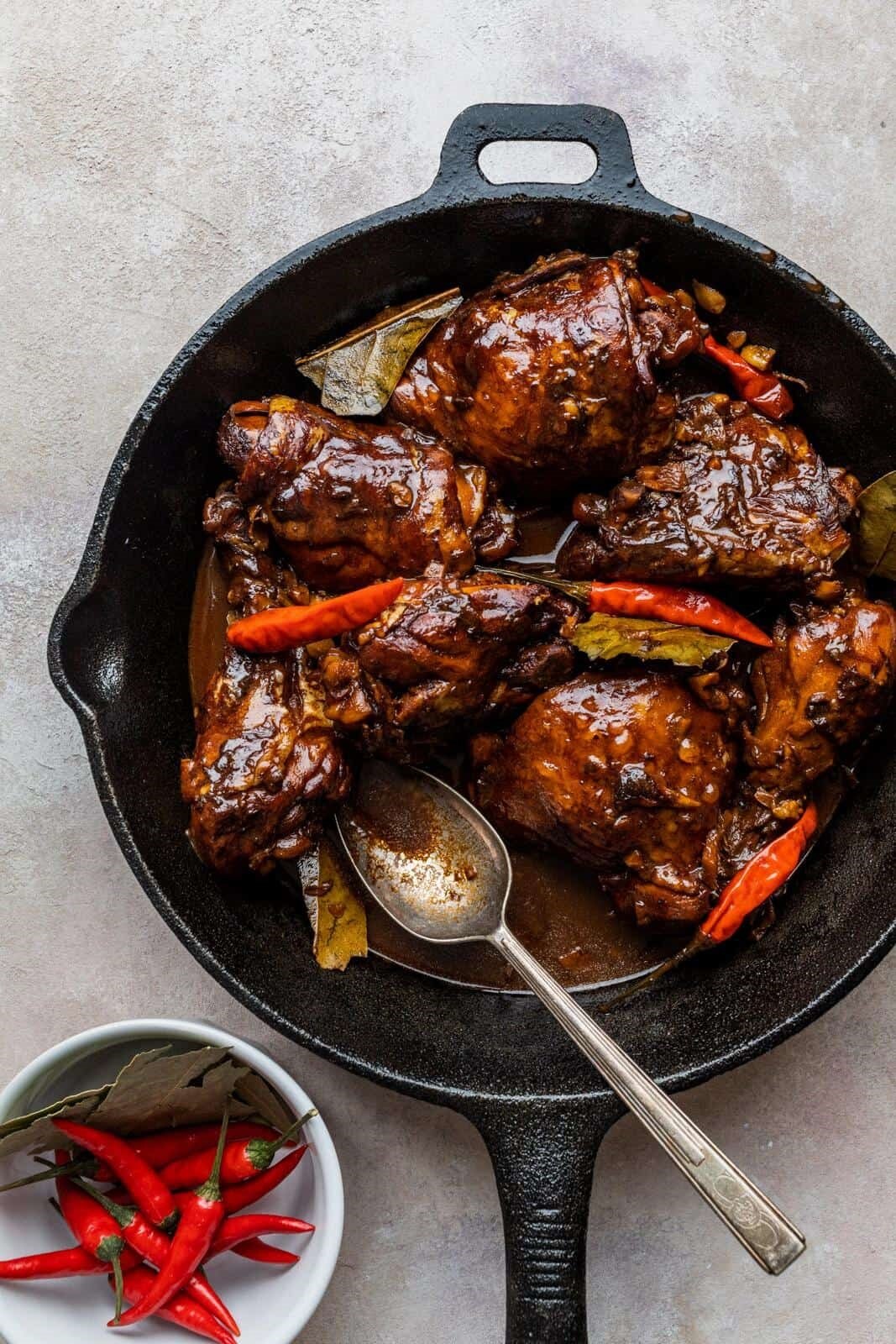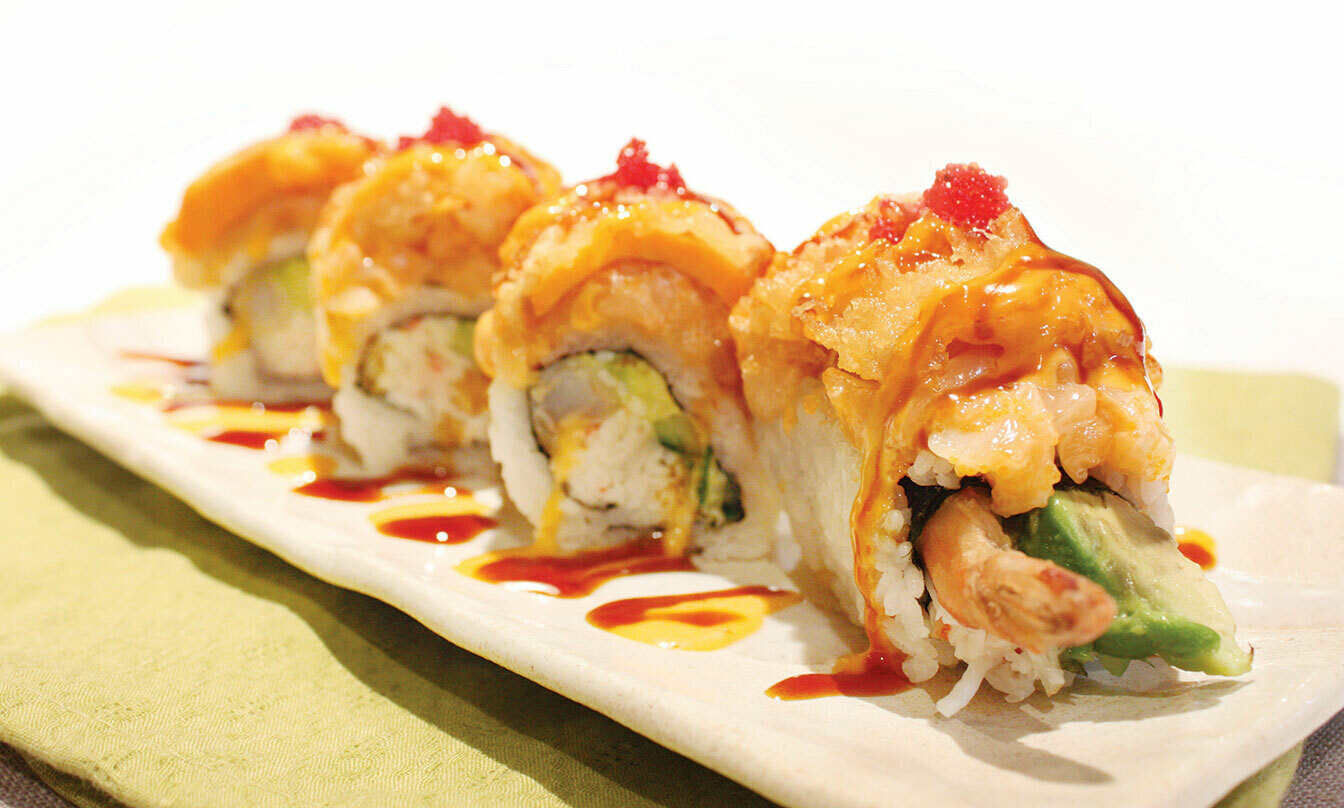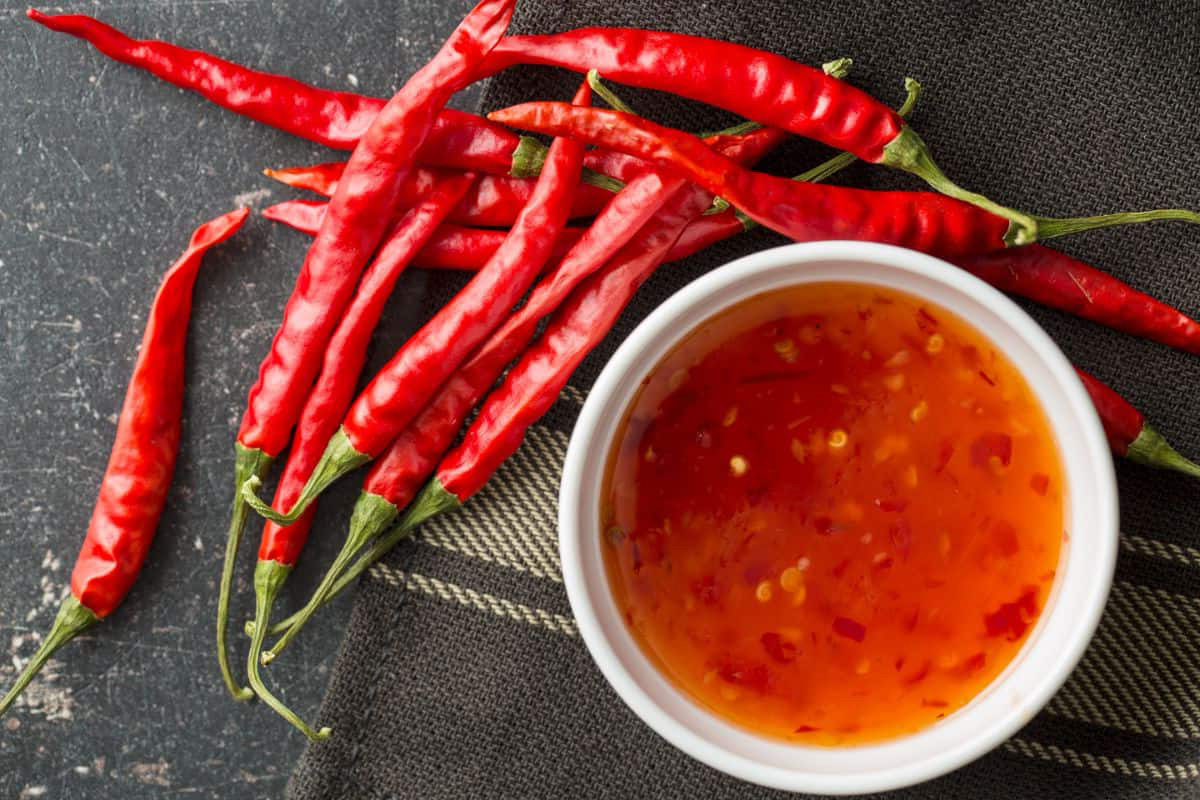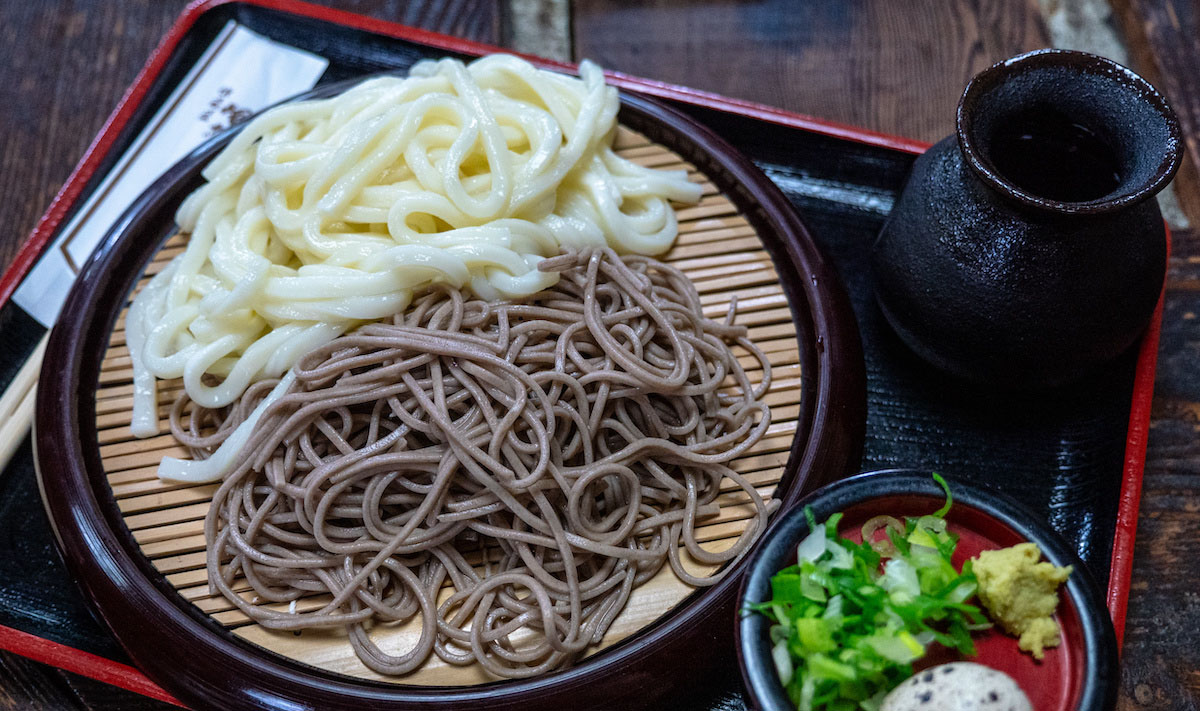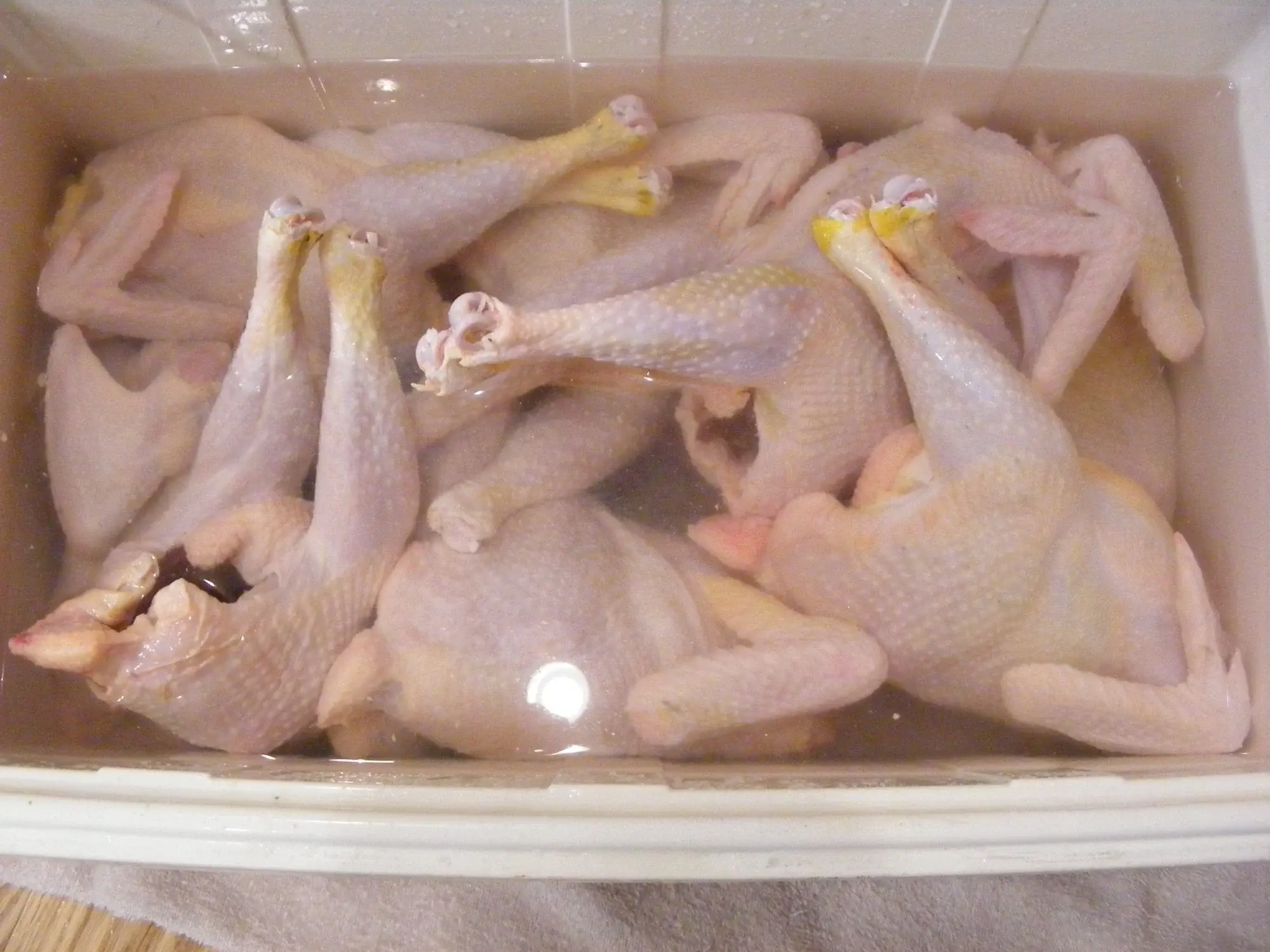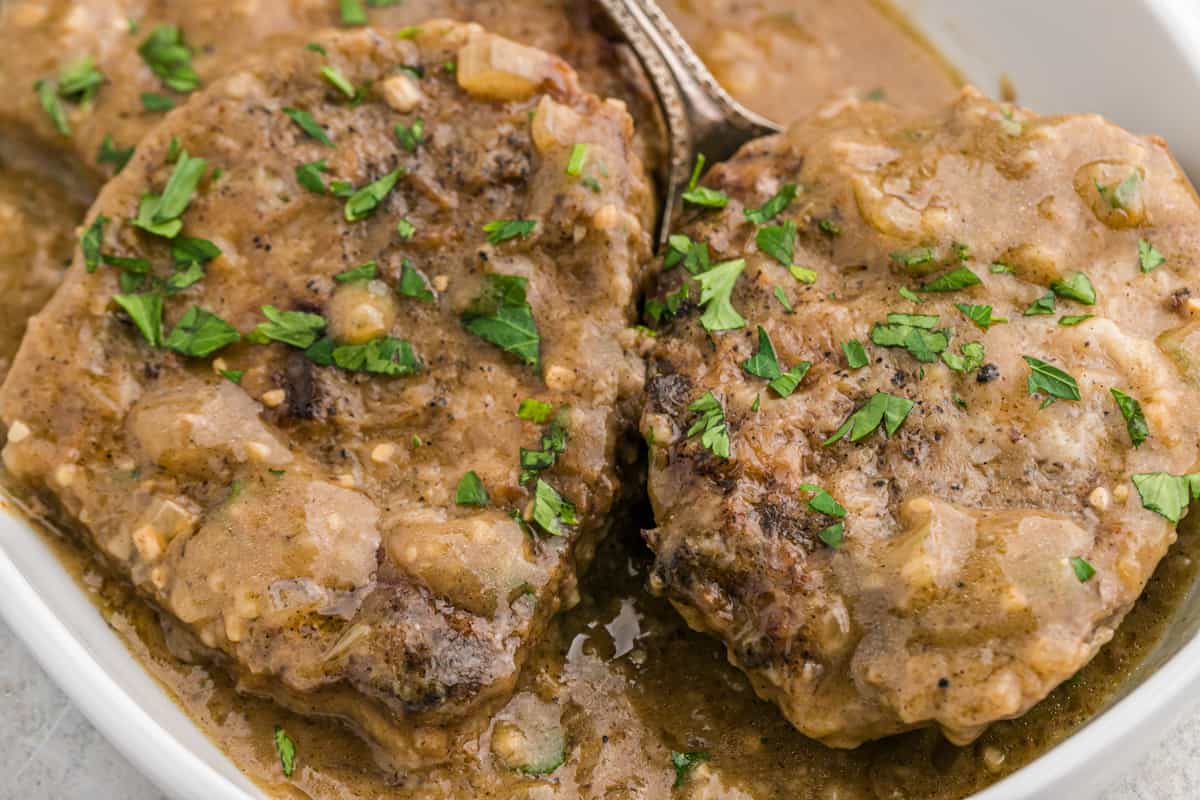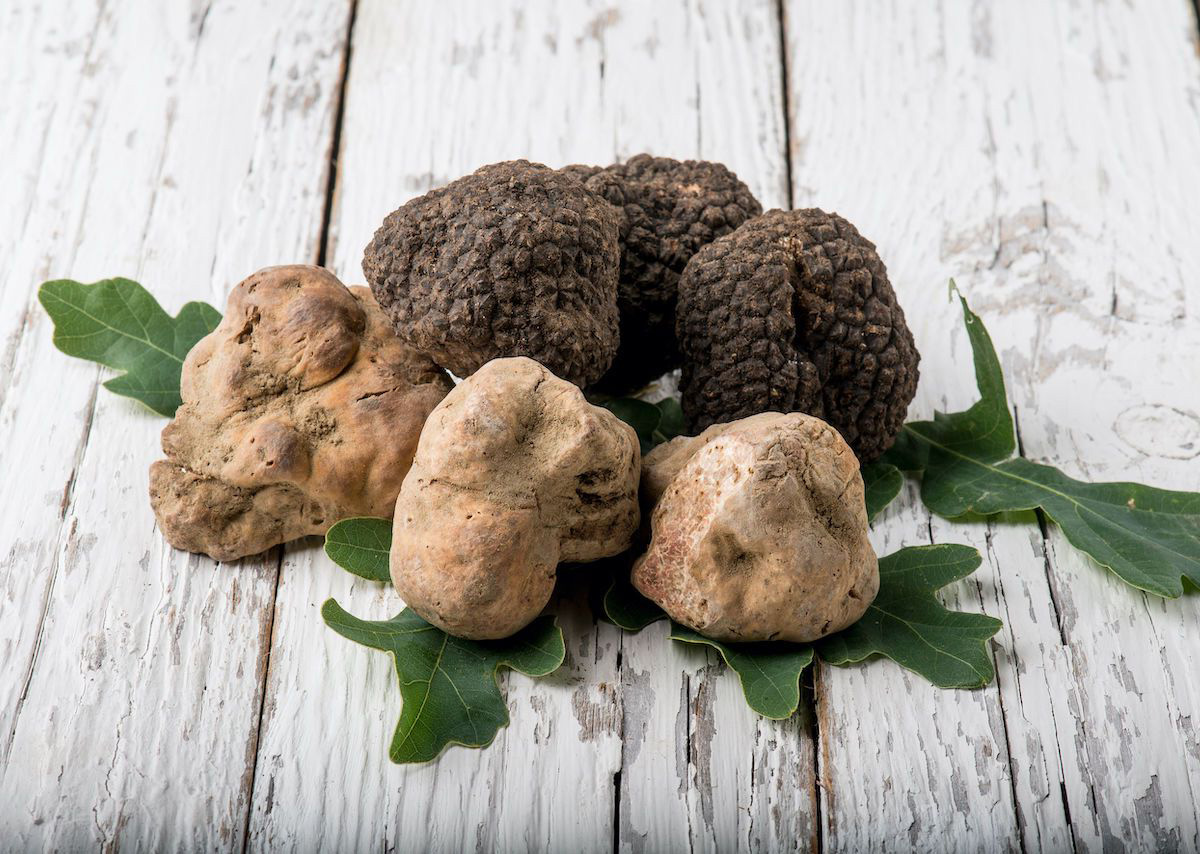Discovering the Delightful Dish of Bibimbap
Have you ever heard of Bibimbap? If not, you’re in for a treat! This delicious and colorful dish is a staple of Korean cuisine, and it’s gaining popularity around the world for its unique flavors and beautiful presentation. Let’s dive into the world of Bibimbap and uncover what makes it so special.
What is Bibimbap?
Bibimbap, which translates to “mixed rice” in Korean, is a delightful and hearty meal that features a medley of fresh ingredients served over a bed of steamed rice. The dish typically includes a variety of vegetables, protein such as beef or tofu, a fried egg, and a dollop of spicy Gochujang sauce for an extra kick of flavor.
The Components of Bibimbap
One of the most fascinating aspects of Bibimbap is the array of colorful and nutritious ingredients that come together to create a harmonious blend of flavors and textures. Here are the key components of a traditional Bibimbap:
- Rice: The base of the dish is a generous serving of steamed white rice, providing a comforting and filling foundation for the other ingredients.
- Vegetables: Bibimbap is brimming with an assortment of fresh vegetables, such as spinach, bean sprouts, carrots, mushrooms, and zucchini. Each vegetable is typically prepared and seasoned separately to highlight its unique taste and texture.
- Protein: While Bibimbap can be enjoyed as a vegetarian dish with tofu as the protein component, it is often served with thinly sliced marinated beef, known as bulgogi, adding a savory and satisfying element to the meal.
- Egg: A sunny-side-up fried egg crowns the dish, adding richness and creaminess when mixed into the rice and vegetables.
- Gochujang Sauce: This vibrant and spicy fermented chili paste is a staple condiment in Korean cuisine. A spoonful of Gochujang is added to Bibimbap to infuse the dish with a delightful heat and depth of flavor.
The Art of Mixing
One of the most enjoyable aspects of eating Bibimbap is the interactive experience of mixing all the ingredients together before taking a bite. After the components are assembled in a bowl, it’s time to blend everything into a colorful mosaic of flavors. The mixing process allows the rice to absorb the various sauces and flavors, resulting in a delightful medley with each spoonful.
Health Benefits of Bibimbap
Bibimbap is not only a feast for the senses but also a nutritious and well-balanced meal. Packed with an assortment of vegetables, lean protein, and healthy carbohydrates from the rice, Bibimbap offers a wealth of essential nutrients, fiber, and antioxidants. The dish is a testament to the vibrant and wholesome nature of Korean cuisine.
Enjoying Bibimbap
Whether you’re dining at a Korean restaurant or preparing Bibimbap at home, this beloved dish is a delightful way to explore the rich tapestry of Korean flavors. The beauty of Bibimbap lies in its versatility, as it can be customized to suit various dietary preferences and taste preferences. With its visually stunning presentation and explosion of flavors, Bibimbap is a culinary adventure that is not to be missed.
So, the next time you’re craving a satisfying and flavorful meal, consider indulging in the delightful experience of Bibimbap. From its vibrant assortment of ingredients to its interactive mixing process, Bibimbap is a true celebration of culinary creativity and sensory delight.
Was this page helpful?
Read Next: What Is A Black-Eyed Pea

